
The mutual gaze is one of the most important communication signals between humans and dogs. It's a way for both to understand each other when there's no verbal communication available.
We've all seen it: a dog and his owner sharing a gaze. The owner is looking at the dog, and the dog is looking back. It's such an intimate moment, but what is it? Why do dogs do this?
The mutual gaze between dogs and humans has many different interpretations. It can be interpreted as a form of communication, but we still don't know exactly what dogs are trying to say when they look at us. Some people say that dogs are just trying to make eye contact with their owners, but others claim that it's much more than that.
Researchers have found evidence that suggests that mutual gazing between humans and dogs may be an evolutionary adaptation that allows both species to develop better social relationships with each other over time. If you're curious about how this works, read on.
Table of Contents
- Mutual Gaze Is a Term Used to Describe When a Dog Makes Eye Contact with Their Owner
- It Can Be Very Powerful and Positive
- It Increases the Bond Between Dog and Owner
- Owners Tend to Respond to Mutual Gaze with Praise and Petting
- The Mutual Gaze Can Be a Therapeutic Experience for Both You and Your Dog
- Conclusion
Mutual Gaze Is a Term Used to Describe When a Dog Makes Eye Contact with Their Owner
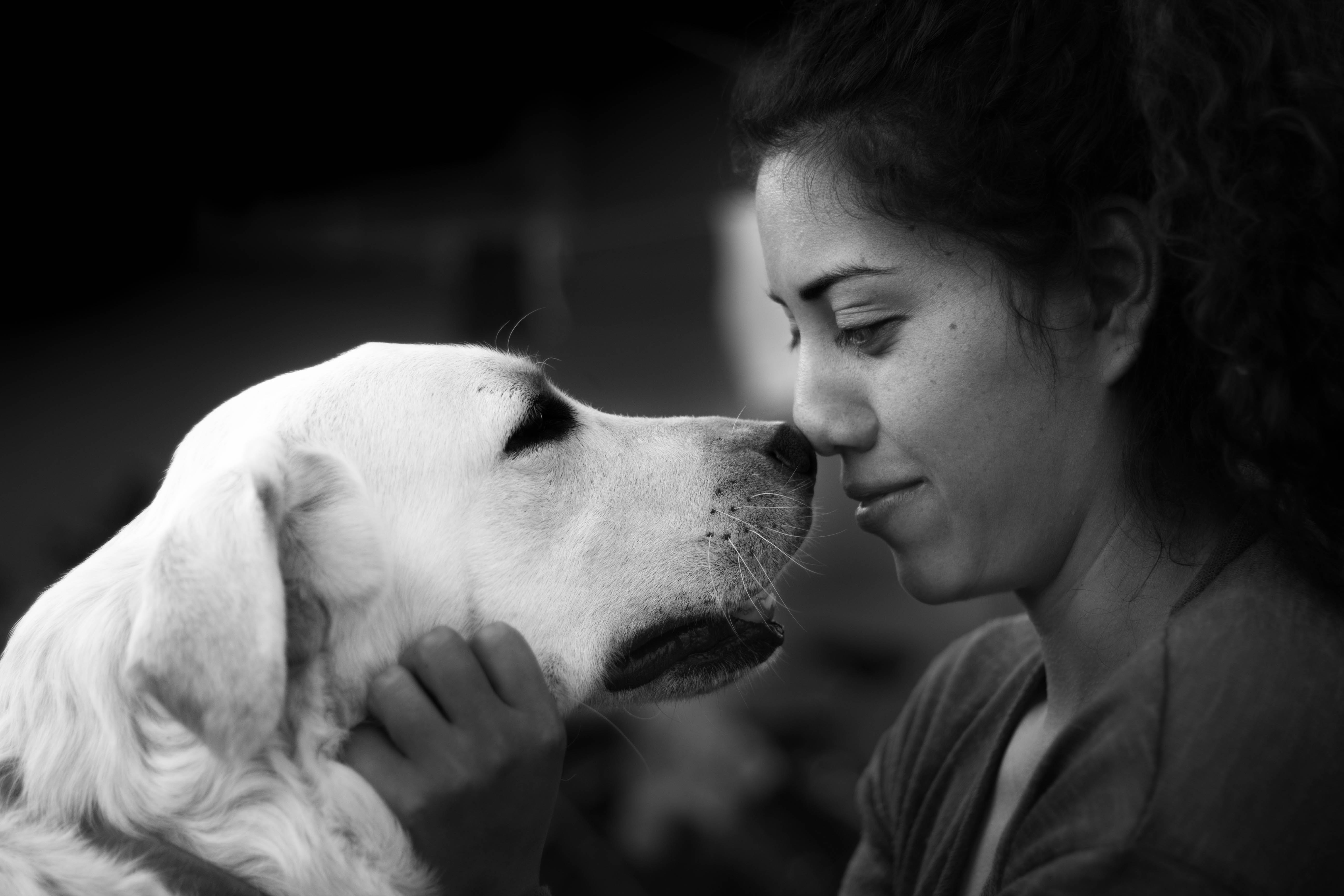
Humans love to look at each other. So do dogs. Mutual gazing is a term that's used to describe when a dog makes eye contact with their owner. Dogs have been known to use mutual gazes as a way of communicating with their owners in order to convey a variety of emotions and intentions.
Dogs can learn the meaning behind the human gaze, and they can also use it themselves. In fact, dogs are able to accomplish this very early on in their lives, which is why many owners often report that their pet was able to establish mutual gaze contact with them within the first week after they brought them home.
Mutual gaze is believed to have evolved from the times when wolves were pack animals that relied heavily on visual contact with one another for all forms of communication. Those wolves that were able to maintain eye contact with their pack members were more likely to be able to keep the group together, so it became a powerful ability to develop in each member. The ability for wolves to hold eye contact has carried over into domestication, but it is still common for a dog to use this as a way of communicating with their owner or others around them.
RELATED: 6 Fun and Interesting Facts about Dogs
It Can Be Very Powerful and Positive
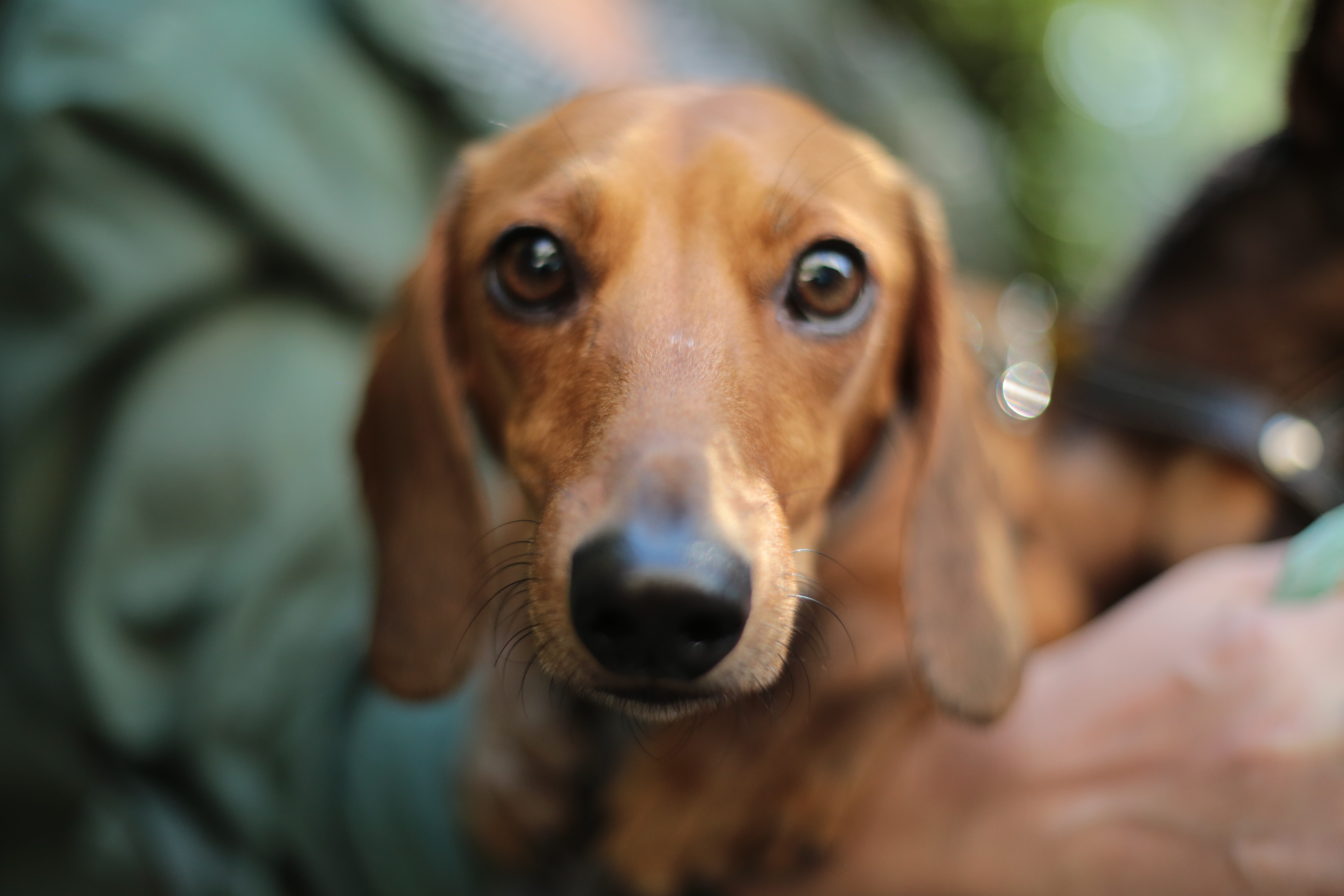
Mutual gaze is a powerful way to connect with your dog, with another person, or even with nature or the universe. It's easy to get lost in someone else's eyes when you're gazing into them. We can feel what that other person is feeling because we are looking into their soul.
The same thing happens when you look into your dog's eyes. You begin to see yourself reflected back at you in his gaze and it builds an intense connection between the two of you.
The mutual gaze is a phenomenon that occurs between dogs and people. It's when two animals (or two humans) look at each other directly in the eyes and it can be very powerful and positive. When you do this with a dog, you are sending them a message that says you want to be friends. In response, the dog will likely try to communicate to you that he wants to be your friend too.
When one animal meets another for the first time, they'll usually make eye contact for just a moment before looking away. This gives them time to size up their counterpart without seeming aggressive or submissive. When the second animal looks away, the first one knows it's safe to come closer or make more eye contact if he wants to.
They may not do it exactly like this every time, but most dogs will do this as a way of sizing up another person or animal they don't know well enough to approach face-to-face. For dogs that are used to meeting new people on a regular basis, though, an extended gaze is seen as a sign of dominance. It says, "I am not afraid of you".
RELATED: New Puppy Owner Guide
It Increases the Bond Between Dog and Owner
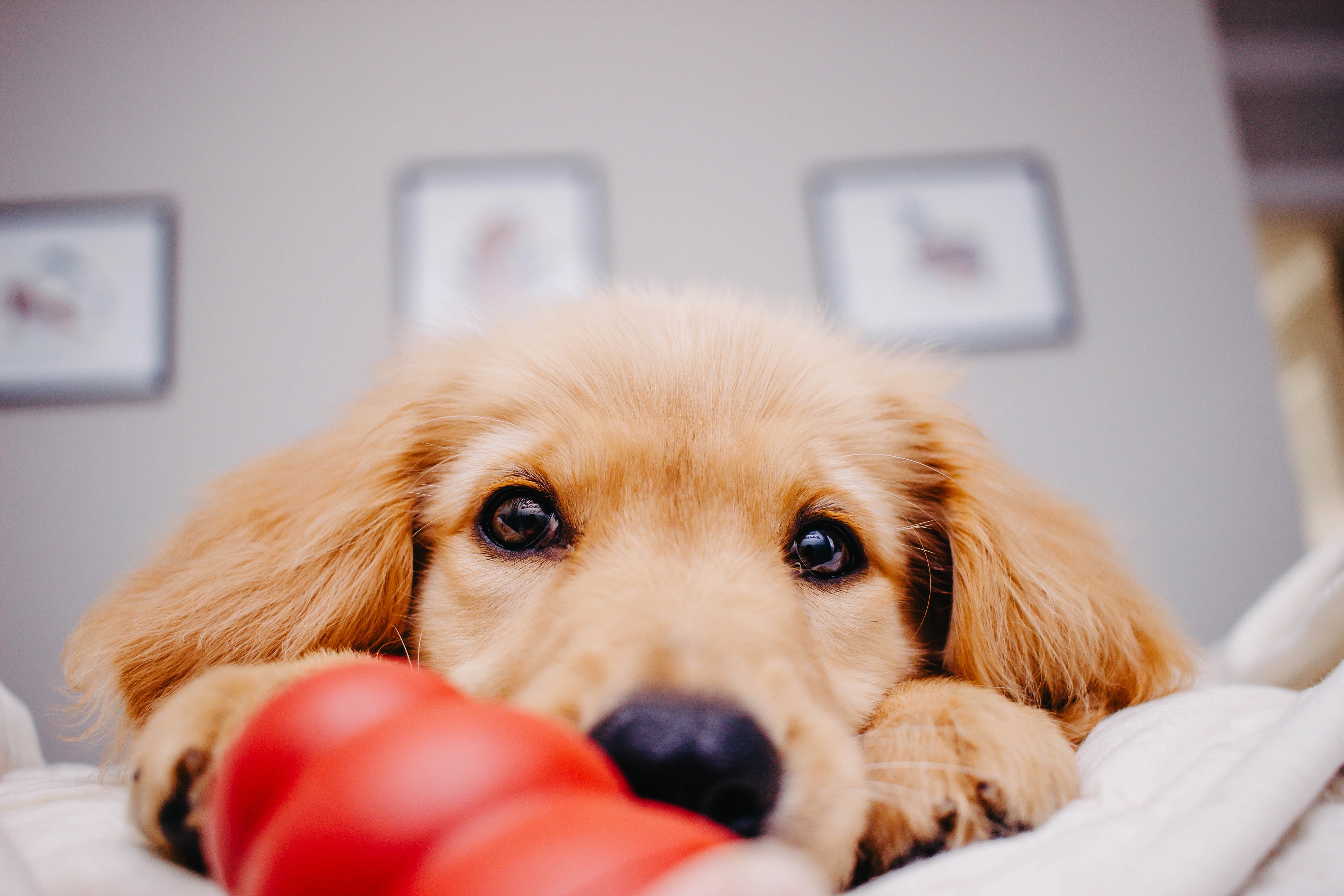
Mutual gaze is a way of showing that both you and your dog are paying attention to each other. It's also a way for dogs to bond with humans. When you and your dog lock eyes, this can help build trust and create a relationship between the two of you. Dogs seek out mutual gaze because it helps them feel safe in their environment, which makes them more confident about approaching other people or animals outside of their immediate family.
Mutual gaze between two dogs may be used as a way of challenging one another. When two dogs lock eyes, they're essentially saying "I'm watching you". If one dog breaks away from this stare first, then he loses face in front of his counterpart.
RELATED: Are Two Dogs Better Than One? 8 Pros And Cons
Owners Tend to Respond to Mutual Gaze with Praise and Petting
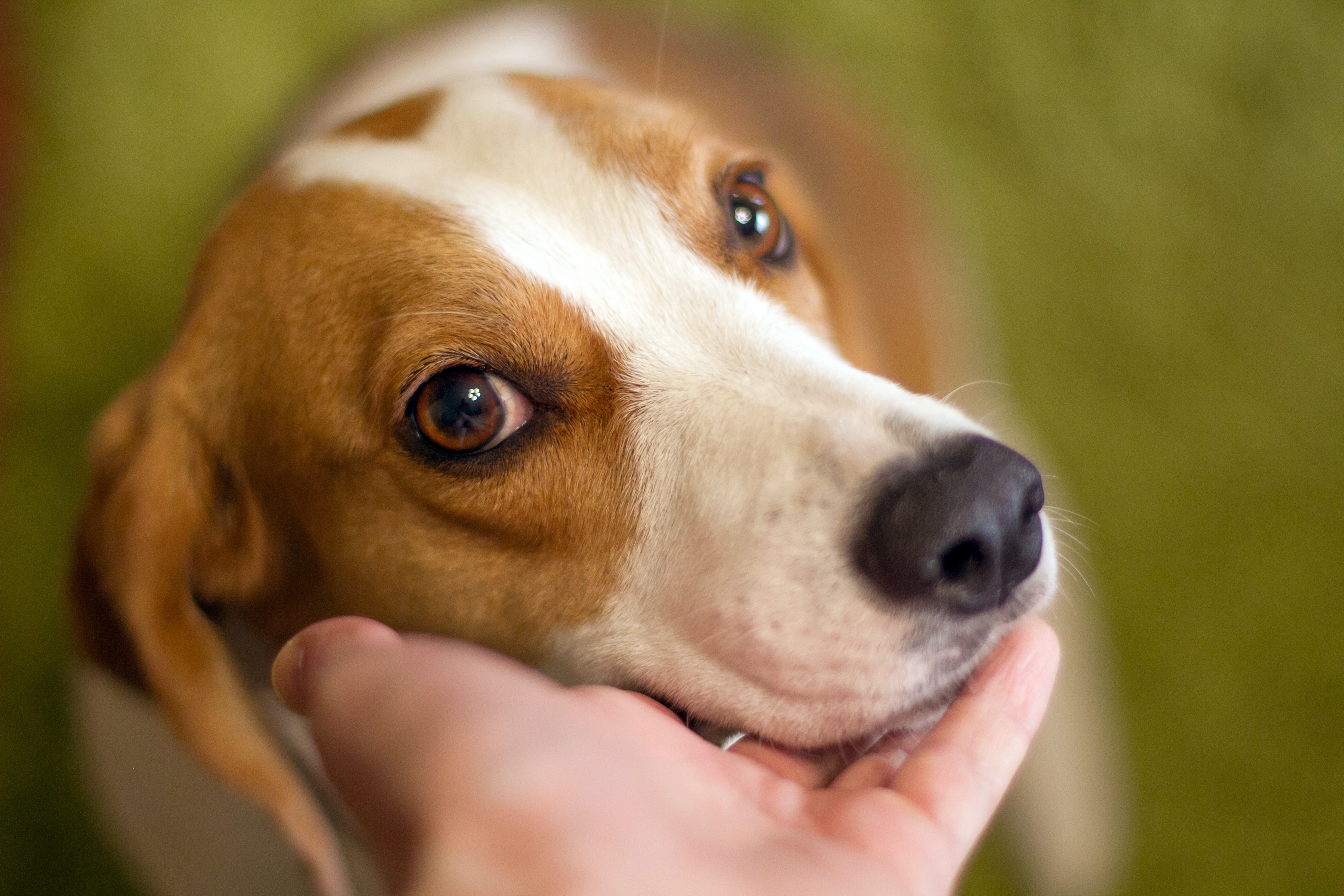
Mutual gaze, on the other hand, is a sign of trust and affection. Dogs may look back and forth at each other’s eyes for minutes on end, or just for a few seconds in quick bursts. This behavior can be accompanied by playfulness and even licking, another indication that dogs are comfortable with each other.
Because mutual gazing is usually seen between two dogs who know each other well and are happy to be together (usually dogs who live together), it's often considered to be a sign of happiness. But not all mutual gazes are positive. If you see your dog looking at another dog that seems uncomfortable or afraid, then this might be a sign of submission or fear.
Dog lovers know that their canine companions are capable of a lot of emotion. Their eyes can convey joy, sadness, excitement, anger, and more. Sometimes it seems like dogs can even tell us how they feel through a look alone.
You may have noticed your dog staring at you with their big, soulful eyes. This isn’t just cute behavior. It’s actually a way for them to communicate their thoughts and emotions to you.
Mutual gaze is important for bonding, so it’s common for owners to respond to this behavior by giving their dog praise or petting them. For example, if your dog looks at you until you look back at them, then they may follow up this mutual gaze with some happy tail-wagging or lip-licking.
RELATED: Understanding Dog Body Language
The Mutual Gaze Can Be a Therapeutic Experience for Both You and Your Dog
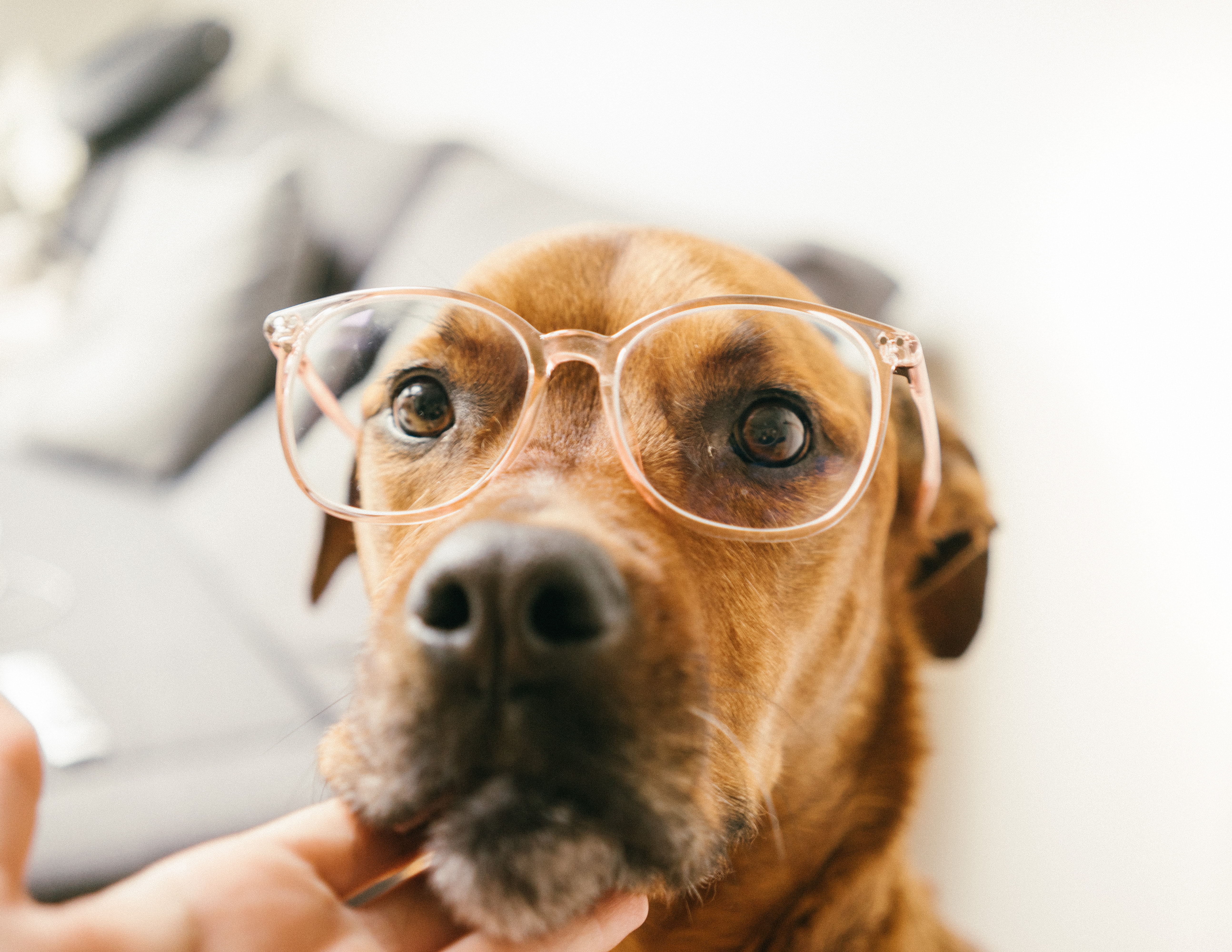
The mutual gaze is one of the most important ways that we communicate with our dogs. It can help us to bond with them, to build trust and confidence, to develop a sense of responsibility, and gain insight into what they might be feeling or thinking.
Dogs look at their owners' eyes more than any other part of the face, including the nose or mouth. This suggests that dogs are especially interested in reading our facial expressions, including emotions such as happiness or anger, through eye contact.
Dogs are very empathetic and therapeutic souls. It is well known that they have a sense of compassion, and when they see their owners upset, they will come up and catch their attention. This is a phenomenon called mutual gaze, where the dog reads the emotions of their owner through this act.
Many studies have been done on mutual gaze. A study stated that dogs were looking into the eyes of humans to determine if the human was happy or sad. Through mutual gaze, the dogs are able to understand that a human is unhappy and needs sympathy and comfort, which makes dogs wonderful pets for healing purposes.
Some dogs even look at their owners with such passion and love that it seems as though they are trying to tell them something other than "I'm hungry" or "I want to go outside." They seem to be telling them "You're my everything".
RELATED: Dogs and Humans: A Never-Ending Love Story
Conclusion
Most of the time, the mutual gaze is comforting to dogs. It is a sign that they are bonding and connecting with one another. However, as social creatures, it’s important that we understand how our dogs communicate through their eyes. This way you can tell when your pup needs a little extra TLC from you (or vice versa).
The next time you see your dog staring intently at you with those big eyes, take a moment to ask yourself what he might be trying to communicate to you.
Mutual gazing is a powerful tool for communication, but it's not something that should be forced on your dog. If they're not interested in making eye contact with you, don't force them into it. They'll just get stressed out by the situation. Instead, try using other forms of communication with them until they're ready to open up their eyes again.
Scroll down to see FAQs about the mutual gaze of dogs!
What To Read Next
Week One with A New Puppy: See What to Expect
10 Winter Care Tips For Dog Owners
Frequently Asked Questions
What does eye contact mean for dogs? For dogs, eye contact can have different meanings depending on the context and the relationship between the dogs. In general, direct eye contact between dogs can be interpreted as a threat or challenge, as it is seen as a dominant behavior. However, if the dogs know each other well and have a friendly relationship, eye contact may be seen as a sign of affection or playfulness.
How do dogs use visual communication? Dogs use visual communication to express themselves to other dogs and humans. This type of communication involves body posture, movements, and facial expressions. For example, a dog may raise its hackles, wag its tail, or growl to show aggression. On the other hand, a relaxed body posture with a wagging tail can indicate friendliness. Additionally, direct eye contact can signal a challenge or a sign of affection depending on the relationship between the dogs.
Is eye contact threatening to dogs? Yes, eye contact can be perceived as threatening to dogs, especially if it is direct and sustained. In the dog's social hierarchy, direct eye contact is often seen as a dominant behavior and can evoke a defensive or aggressive response. This is why it's important for dog owners to be aware of their own body language and behavior when interacting with dogs, as it can have a big impact on their comfort and stress levels. If a dog is uncomfortable with direct eye contact, it may show signs of stress such as avoiding eye contact, looking away, or lowering its body posture. To prevent this, it's best to avoid prolonged eye contact with dogs and instead focus on other forms of positive reinforcement and communication.
Can dogs avoid eye contact? Yes, dogs can avoid eye contact if they are uncomfortable with it. Dogs have the ability to look away, lower their gaze, or turn their head if they feel threatened or uncomfortable with direct eye contact. This is a common body language signal that dogs use to avoid confrontation or to show submission. If a dog is avoiding eye contact with a person or another dog, it may be a sign that the dog is feeling stressed, afraid, or defensive.




